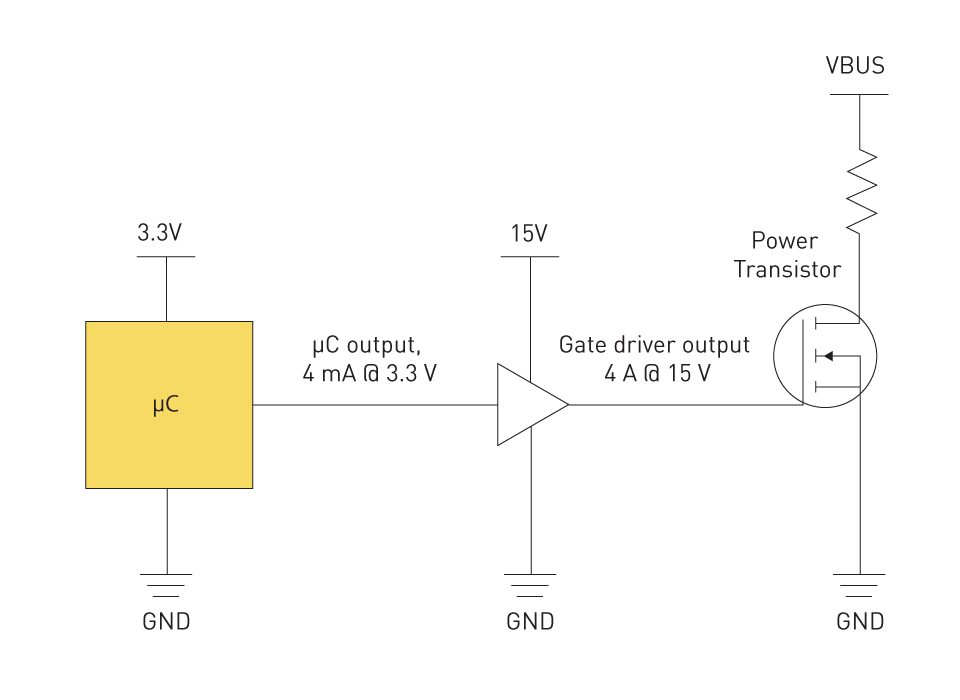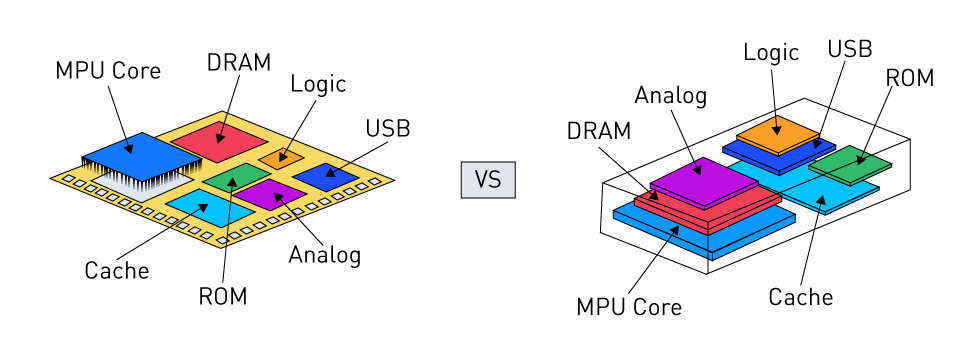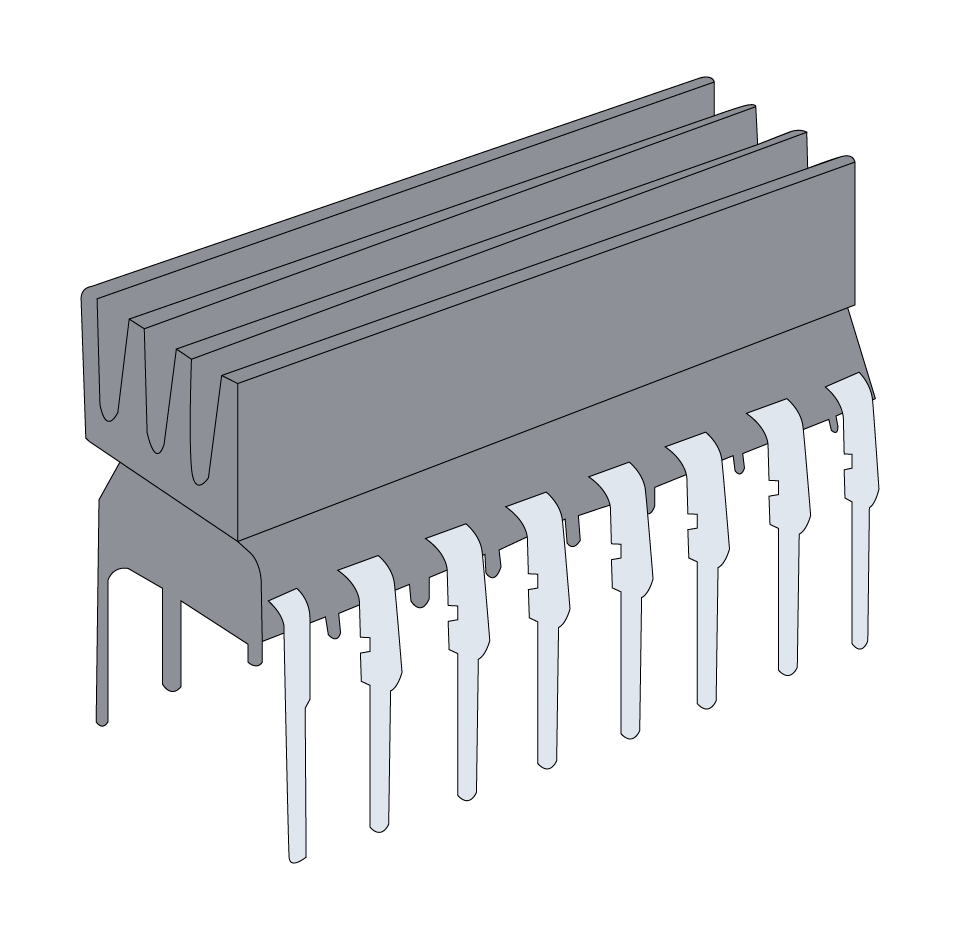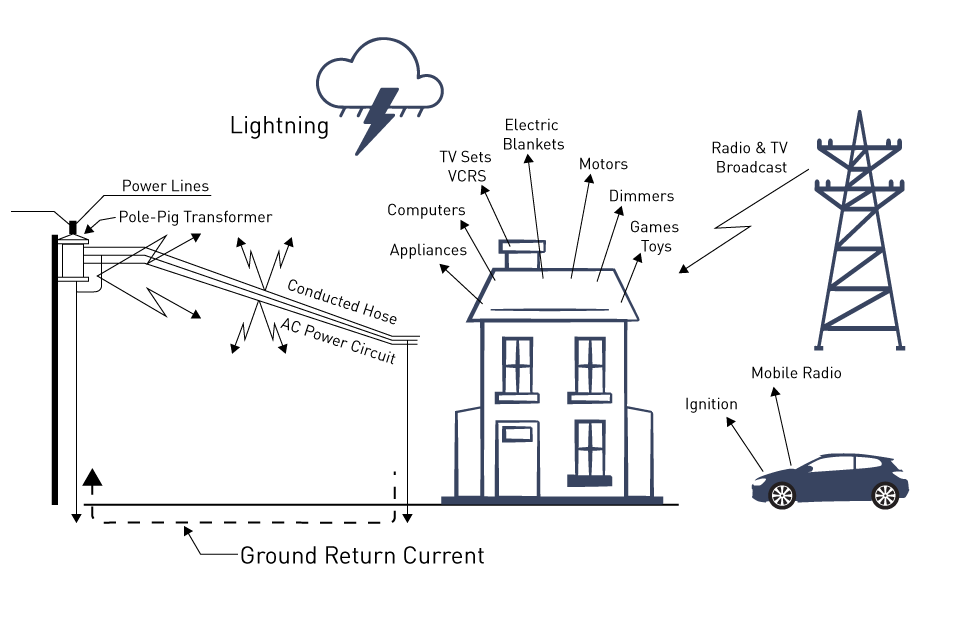Latest Developments in Integrated Power Digital Isolator Design
With recent advancements significantly influencing design choices, the sector of integrated power digital isolators is continually advancing. Emerging technologies drive these developments, enhancing the efficiency, functionality, and application scope of digital isolators.
Impact of Emerging Technologies on Design Choices
Advanced Semiconductor Materials: The integration of new semiconductor materials like Silicon Carbide (SiC) and Gallium Nitride (GaN) has transformed the digital isolator design. Superior electrical properties are offered by these materials, including faster switching capabilities and higher breakdown voltage, resulting in compact and more efficient designs.
Nanotechnology and Miniaturization: The miniaturization of components within digital isolators has been facilitated by advances in nanotechnology. This encompasses the creation of nano-scale transistors and ultra-thin dielectrics, smaller overall footprints, and enabling higher-density integration. These developments are crucial for space-constrained and portable applications.
High-Speed Data Transmission Technologies: Digital isolator designs have been impacted by the advent of high-speed data transmission technologies, necessitating support for faster data rates. This is especially critical in applications such as advanced computing and high-speed communication systems, where quick signal transmission is imperative.
Improved Power Conversion Techniques: Within digital isolators, innovations in power conversion, exemplified by enhanced DC/DC converter topologies and control algorithms, have resulted in more efficient power management. These advancements not only lead to a reduction in power consumption but also increase the complete power handling capabilities of the isolators.
Advances in Packaging Technology: Digital isolators designs have been influenced by advancements in packaging technology, including 3D IC (integrated circuit) packaging and chip-scale packaging (CSP). These innovations allow for more effective thermal management, enhanced component integration, and superior electrical performance.
Enhanced Thermal Management Solutions: With the rise in power densities, there is a corresponding increase in the demand for efficient thermal management. The development of more efficient heat dissipation materials and structures, facilitated by advances in materials science, is crucial for upholding the reliability and longevity of digital isolators in high-power applications.
Sustainability and Environmental Considerations: Digital isolator designs are increasingly integrating eco-friendly materials and energy-efficient operation modes with a rising emphasis on sustainability. Along with addressing environmental concerns, this shift also aligns with global regulatory standards and consumer expectations.






直接登录
创建新帐号